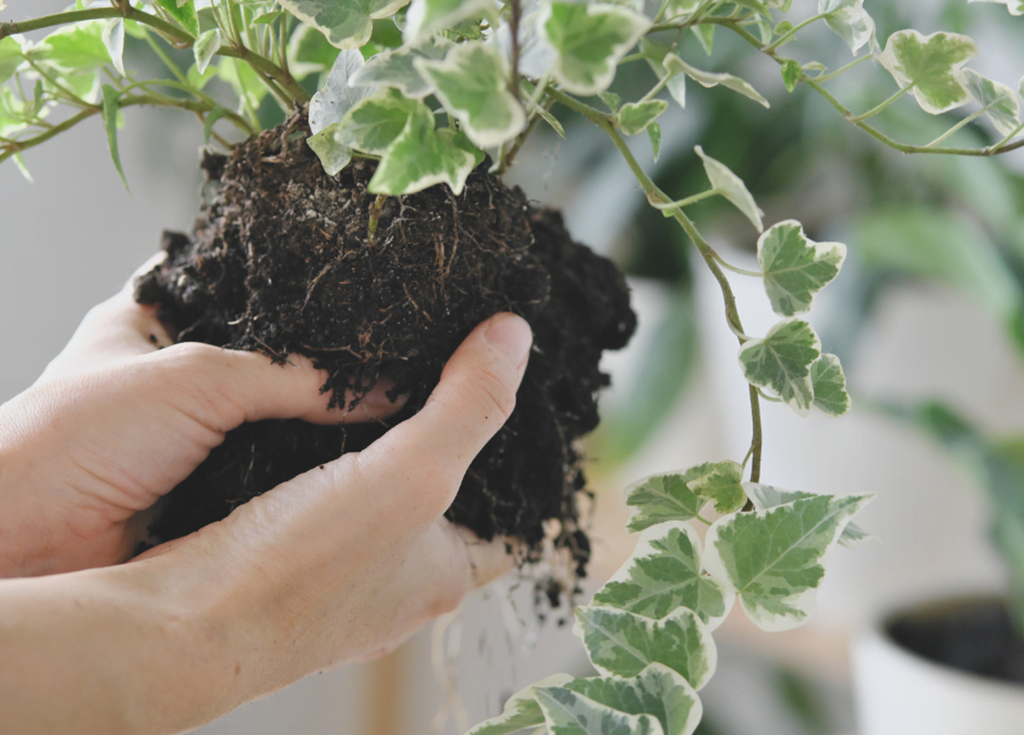
The bubble gum plant (Acmella oleracea), also known as the electric daisy or toothache plant, isn’t your average garden herb. Its leaves offer a surprising burst of flavor that starts with a fizzy, bubblegum-like sweetness, followed by a tingling numbness. Interestingly, some gardeners enjoy pairing it with tradescantia bubblegum for a visually striking and flavorful herb garden. Intrigued? Here’s how to grow your own.
1. Sourcing Seeds or Plants
The first step is obtaining either seeds or a young plant. Bubble gum plants are often available from online seed retailers or specialty nurseries. If you can’t find them locally, ordering online is a reliable option.
2. Selecting the Right Pot
While bubble gum plants don’t have extensive root systems, a pot that’s too small can restrict their growth. A 6-8 inch pot is a good starting point, with drainage holes to prevent waterlogging.
3. Soil Preparation
These plants thrive in well-draining soil rich in organic matter. A mix of potting soil, compost, and perlite works well. The perlite helps with drainage, while the compost provides essential nutrients.
4. Planting
If you’re starting with seeds, sow them about ¼ inch deep and keep the soil moist but not soggy. If you have a young plant, transplant it carefully, ensuring the roots are well-covered and the soil is gently packed around the base.
5. Sunlight Requirements
Bubble gum plants love sunlight. Place your pot in a spot that gets at least 6 hours of direct sunlight each day. A south-facing window or a sunny balcony are ideal locations.
6. Watering
Water regularly, allowing the top inch of soil to dry out between waterings. These plants prefer consistent moisture but are susceptible to root rot if overwatered.
Related: How to Care for Your Peace Lily: A Flourishing Guide
7. Fertilizing

A balanced, water-soluble fertilizer applied every few weeks during the growing season will help your plant flourish. Avoid over-fertilizing, as this can lead to excessive foliage growth at the expense of flavor.
8. Pruning
Regularly pinch back the tips of the stems to encourage bushier growth. This not only makes the plant look more attractive but also promotes more leaf production.
9. Pest and Disease Control
Bubble gum plants are relatively hardy, but they can occasionally attract aphids or spider mites. Keep an eye out for these pests and address them promptly with insecticidal soap or neem oil.
10. Harvesting
You can start harvesting leaves once the plant has reached a few inches in height. Simply snip off a few leaves at a time, being careful not to remove too much foliage at once.
11. Storing
Fresh leaves can be stored in the refrigerator for a few days. To preserve them for longer, you can dry the leaves and store them in an airtight container in a cool, dark place.
12. Enjoying the Flavor
The most exciting part! Add fresh leaves to salads, salsas, or cocktails for a surprising burst of flavor. You can even try incorporating dried leaves into baked goods or teas.
Bonus Tip: If you live in a colder climate, bring your bubble gum plant indoors before the first frost. It can thrive as a houseplant throughout the winter.
Caution: While the numbing effect of bubble gum plants is generally harmless, some people may experience mild irritation. If you’re trying it for the first time, start with a small amount to gauge your sensitivity.
With a little care and attention, you can easily grow your own bubble gum plant and enjoy its unique, tingling flavor. It’s a conversation starter in the garden and a fun addition to your culinary adventures.





